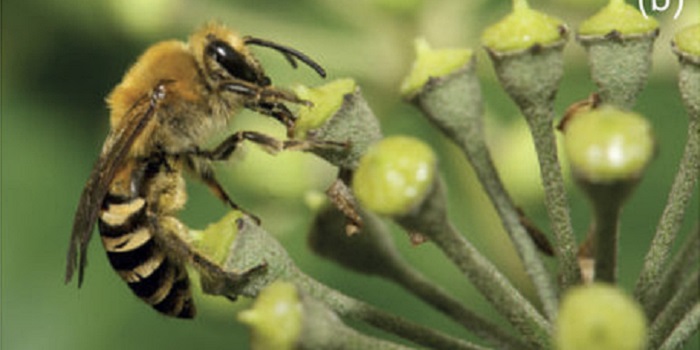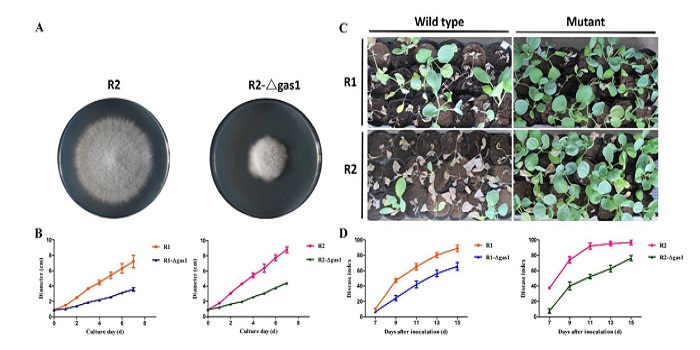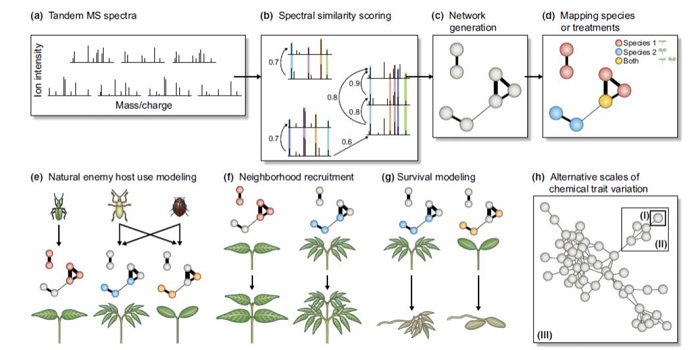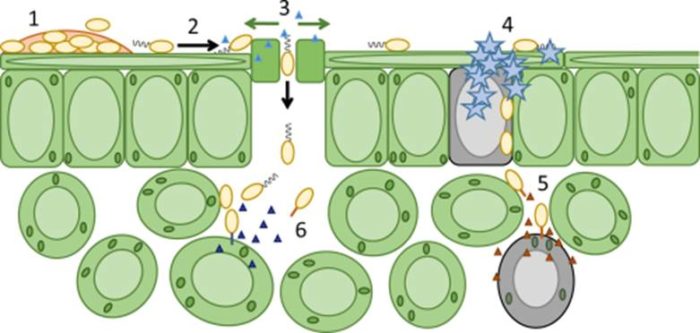
The importance of pollen chemistry in evolutionary host shifts of bees
0 Comments
/
Some bees are generalist pollinators that gather pollen from a wide range of species, whereas others are specialists that visit only one or a few species. Vanderplanck et al. examined floral traits of the host plants of two different groups of generalist bees. There was no significant correlation between…

Proteomics of two differently pathogenic races of Fusarium oxysporum
Fusarium oxysporum is a fungal pathogen of plants. F. oxysporum f. sp. conglutinans (Foc) causes fungal wilt in cabbage. Two races have been identified, with Race 2 being much more pathogenic than Race 1. Li et al. used a proteomic approach to investigate the origin of Race 2’s enhanced pathogenicity.…

Sterol-binding activity of PR-1 contributes to its antimicrobial activity ($)
PATHOGENESIS-RELATED 1 (PR-1) protein was identified 50 years ago as a small protein induced in response to pathogens, but its mode of action has remained obscure. PR-1 is a member of the CAP family (cysteine-rich secretory protein, antigen 5, and pathogenesis-related 1). These proteins share a 150…

Review: The cryptic chemical traits that mediate plant community composition
Plants produce a huge variety of specialized metabolites, many with roles in defense. Metabolic profiles rarely follow phylogenetic lines; in fact, closely related species often produce dramatically different suites of metabolites. When it comes to defense chemistry, it is advantageous to be different…

Durable resistance gene Xa4 encodes a cell wall-associated kinase
Xa4 is a durable rice disease resistance gene that confers resistance against Xanthomonas oryzae pv. oryzae (Xoo), causal agent of bacterial blight. Hu et al. show that Xa4 encodes a wall-associated kinase (WAK) that promotes cellulose synthesis and suppresses wall loosening, thereby strengthening the…

Reviews: Challenges in bacterial molecular plant pathology
Molecular Plant Pathology has released a new series of free reviews on “Challenges in Bacterial Molecular Plant Pathology.” Topics so far:
Morris et al. Frontiers for research on the ecology of plant-pathogenic bacteria: fundamentals for sustainability 1111/mpp.12508
Pfeilmeier et al. Bacterial…

Reviews: Challenges in bacterial molecular plant pathology
Molecular Plant Pathology has released a new series of free reviews on “Challenges in Bacterial Molecular Plant Pathology.” Topics so far:
Morris et al. Frontiers for research on the ecology of plant-pathogenic bacteria: fundamentals for sustainability 1111/mpp.12508
Pfeilmeier et al. Bacterial…

Immunity at hydathodes controls bacterial infection ($)
Hydathodes are the sites of guttation, which is a process by which water and solutes are pushed out of leaves by the force of root pressure when the rate of transpiration is low (for example at night). Hydathodes have numerous stomata-like pores and are located near vascular ends. Like stomata, hydathodes…

Review: Mycorrhizal ecology and evolution: the past, present and the future
There are about 50,000 fungal species that form mycorrhizal associations with about 250,000 plant species. These associations significantly increase plant productivity by increasing nutrient uptake, particularly nitrogen and phosphorus, although with a considerable carbon cost to plants. Van der Heijden…

